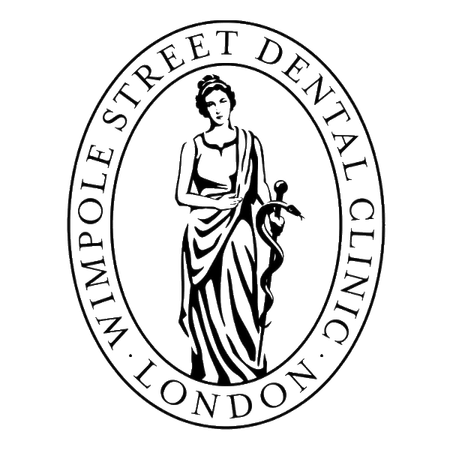Bite Issues

What are Bite Issues?
Bite issues, also known as malocclusion, occur when the teeth and jaws are misaligned, leading to problems with how the upper and lower teeth fit together. This misalignment can affect the bite, jaw function, and overall oral health.
Symptoms of Bite Issues:
Common symptoms of bite issues include:
- Uneven Teeth Alignment: The upper and lower teeth do not fit together correctly, resulting in crooked, crowded, or overlapping teeth.
- Difficulty Chewing or Biting: Misaligned teeth can make it challenging to bite or chew food properly, leading to discomfort or inefficient chewing.
- Speech Difficulties: Bite issues can affect speech clarity, causing pronunciation problems or a lisp due to the misalignment affecting tongue placement during speech.
- Jaw Pain or Discomfort: Chronic jaw pain, soreness, or discomfort, particularly in the temporomandibular joint (TMJ) area.
- Headaches or Earaches: Frequent headaches or earaches due to the strain on the jaw joint and surrounding muscles.
Common Causes of Bite Issues:
Several factors can contribute to bite issues, including:
- Genetics: Genetic factors play a significant role in determining the size and shape of the jaws and teeth. Inherited traits can contribute to malocclusion.
- Jaw Development: Problems during jaw growth and development can lead to bite issues. Issues such as a small jaw, a large jaw, or a discrepancy in jaw size between the upper and lower jaws can contribute to misalignment.
- Thumb Sucking or Dummy Use: Prolonged thumb sucking, or pacifier use can affect the positioning of the teeth and jaw development, leading to bite problems.
- Premature Loss of Teeth: Early loss of primary (baby) teeth or permanent teeth can affect the eruption and alignment of the remaining teeth, resulting in bite issues.
Treatment Options for Bite Issues:
The treatment for bite issues depends on the severity and underlying cause. Here are some common treatment options:
- Orthodontic Treatment: Orthodontic interventions, such as braces or clear aligners, are commonly used to correct bite issues. These appliances apply gentle pressure to gradually shift the teeth into proper alignment.
- Dental Restorations: In cases where bite issues are caused by missing teeth or severely misshapen teeth, dental restorations like dental bridges, crowns, or dental implants may be recommended to restore proper bite alignment.
- Jaw Surgery: In more severe cases of bite issues, jaw surgery (orthognathic surgery) may be necessary. This procedure involves repositioning the jaws to achieve proper alignment and bite function. Jaw surgery is typically performed by an oral and maxillofacial surgeon in collaboration with an orthodontist.
- TMJ Treatment: If bite issues lead to TMJ disorders, specific treatments may be required to manage those symptoms. This may include medication, physical therapy, or oral appliances to alleviate jaw joint discomfort.
It’s essential to consult with a qualified dental professional or orthodontist to determine the most appropriate treatment plan based on your specific condition and needs.
In conclusion, bite issues refer to the misalignment of the teeth and jaws, leading to problems with biting, chewing, speech, and overall oral health. Genetic factors, jaw development issues, habits like thumb sucking, and premature loss of teeth can contribute to bite issues. Treatment options include orthodontic interventions, dental restorations, jaw surgery, and TMJ management. Seeking professional dental guidance is crucial for accurate diagnosis and appropriate treatment of bite issues.
New page design
Written by: Prof Dr Christian Mehl
Medically reviewed by: Dr Raul Costa
Original content created
Written by: Prof Dr Christian Mehl
Medically reviewed by: Dr Raul Costa
Wimpole St Dental Clinic has strict sourcing guidelines and relies on peer-reviewed studies, academic research institutions, and medical associations. We avoid using tertiary references. You can learn more about how we ensure our content is accurate and current by reading our editorial policy.

